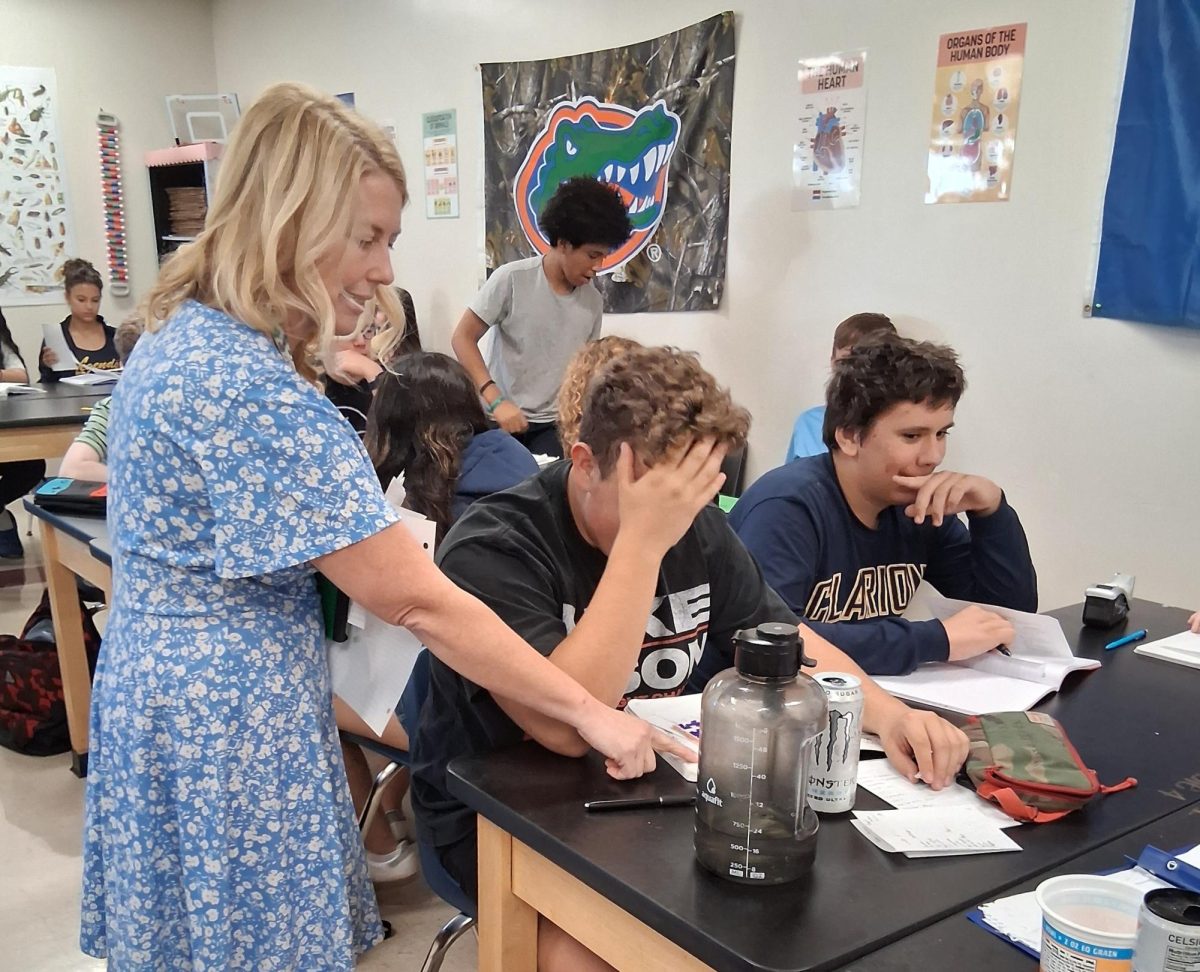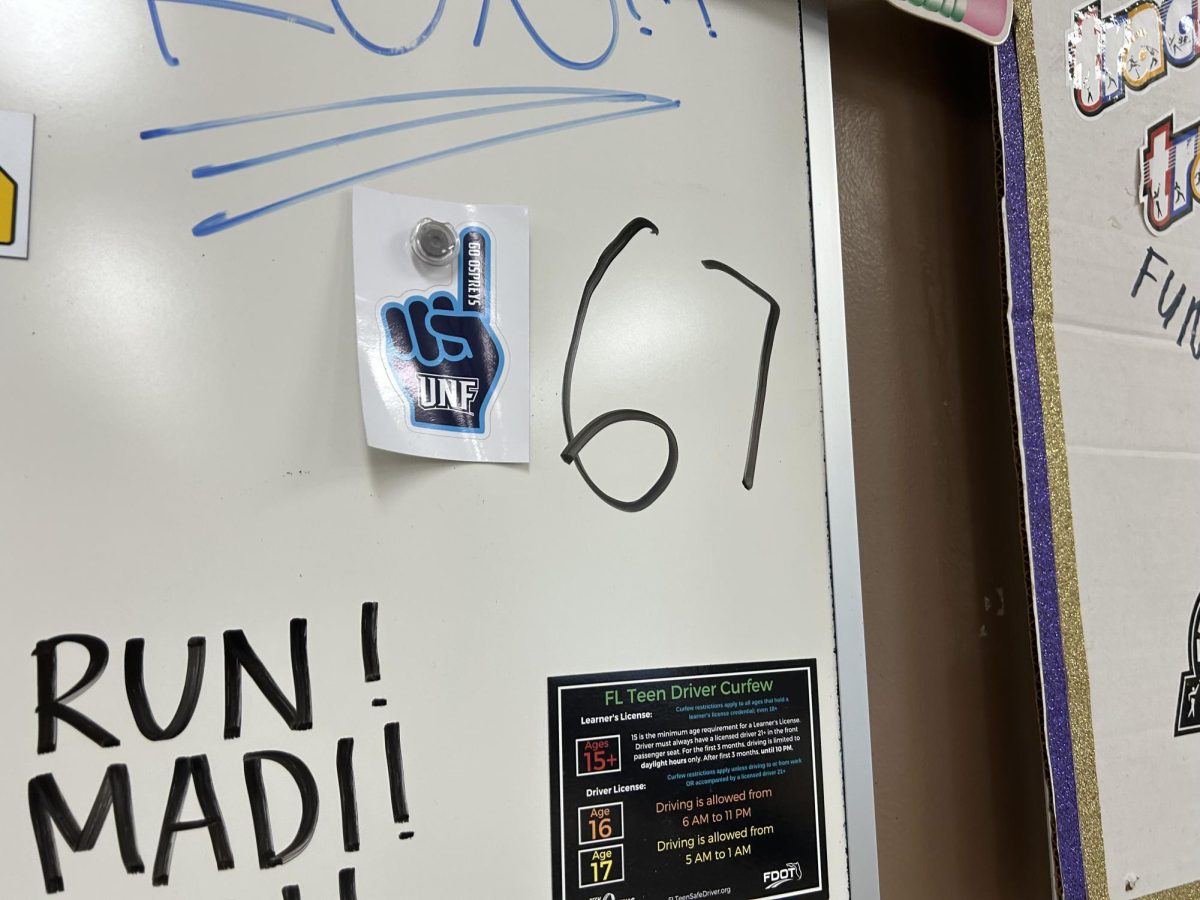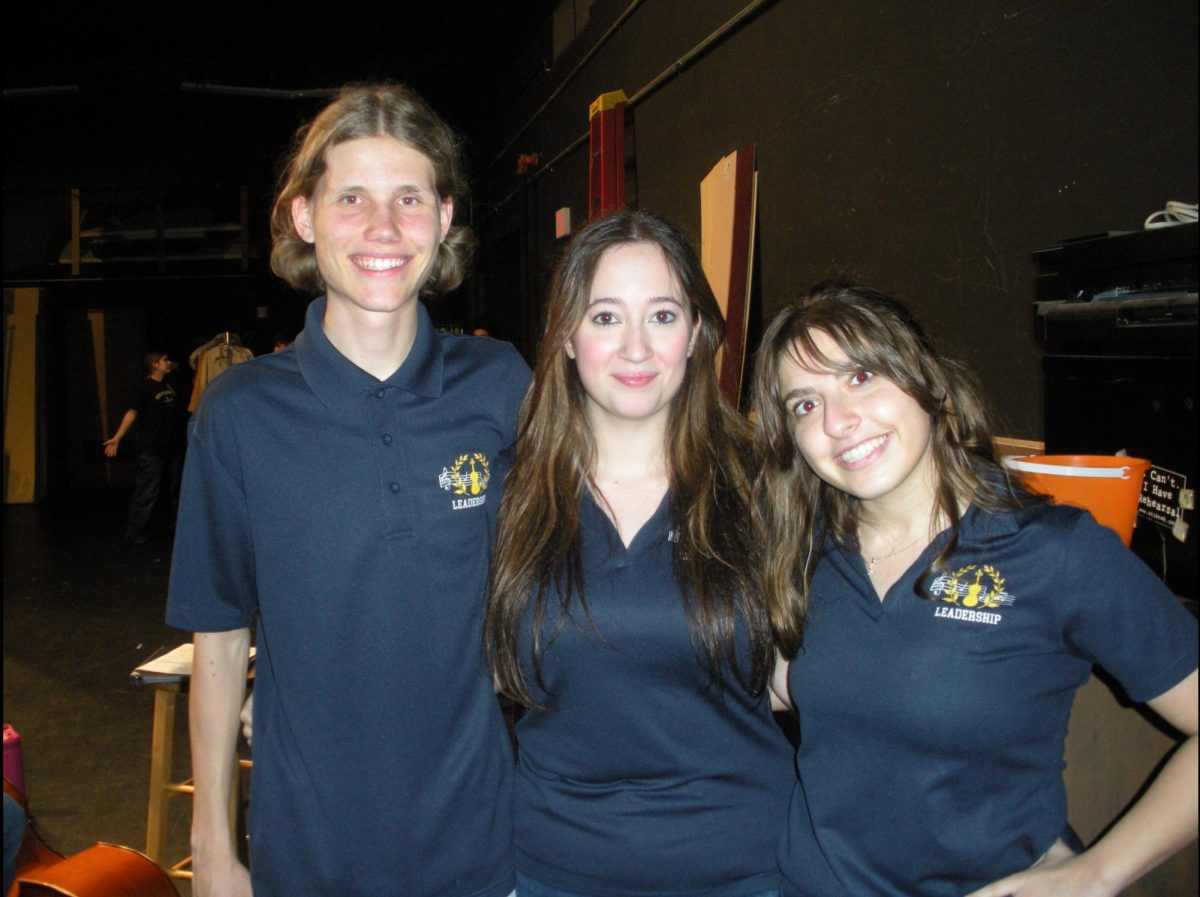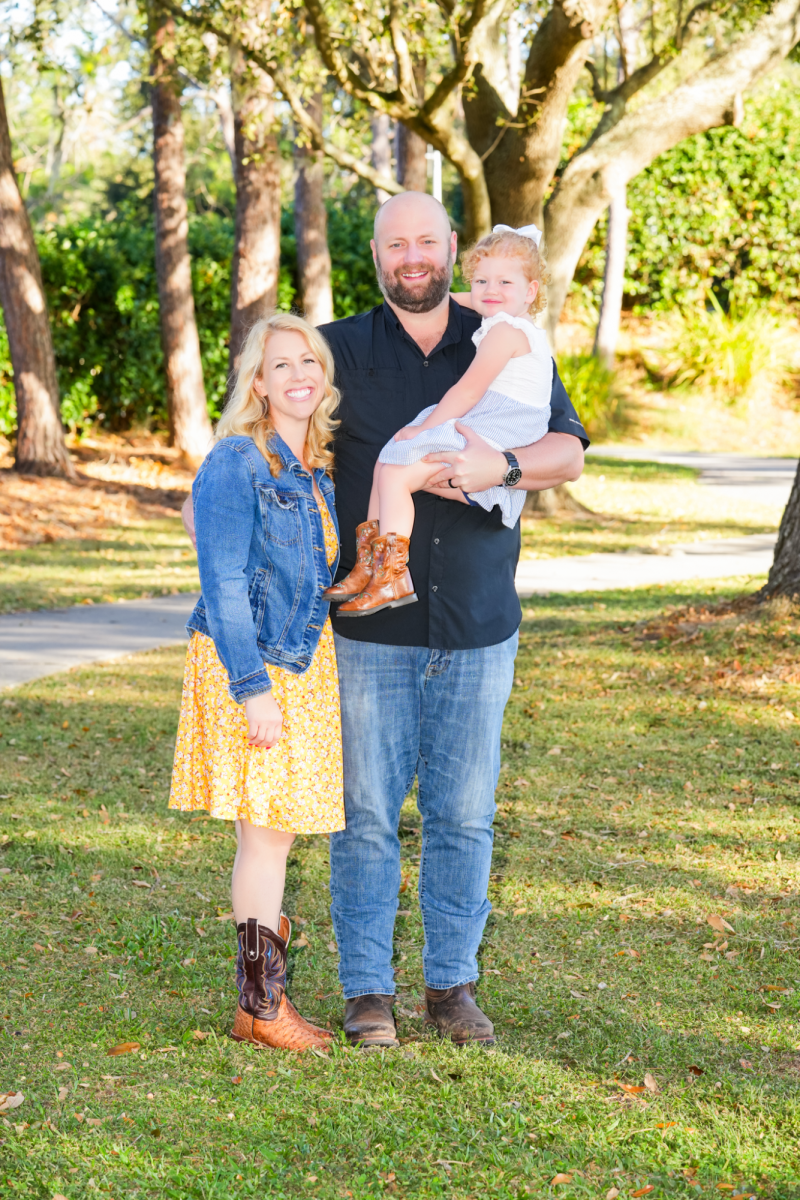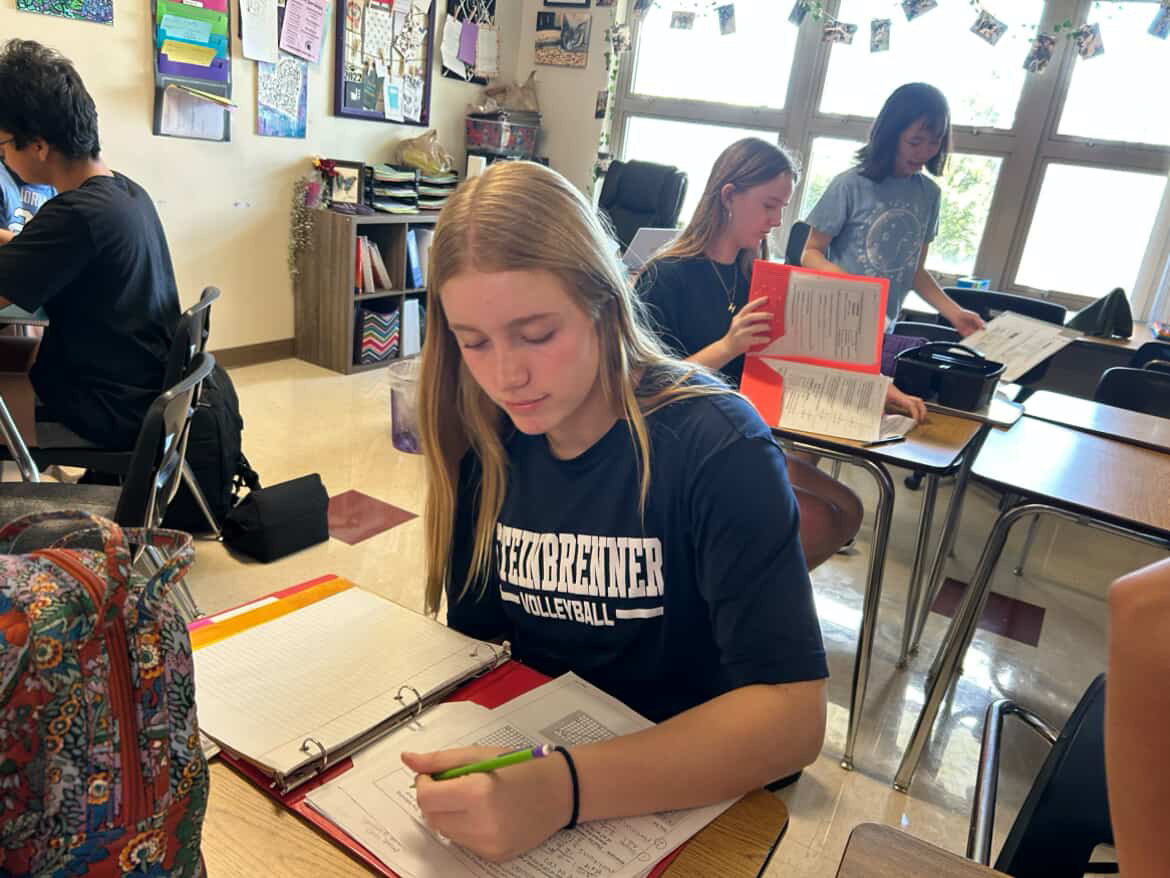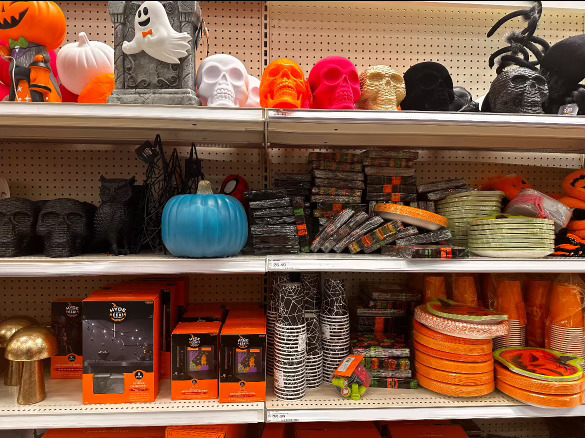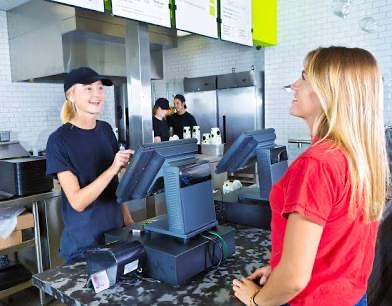Every Halloween, children across the country look forward to dressing up in trendy costumes, ringing doorbells, and shouting, “Trick or treat!” as they eagerly accept candy. However, for children with food allergies, this night can be fraught with anxiety and risk. Many of the typical Halloween treats contain common allergens such as nuts, milk, eggs, and wheat, making participation in the festivities impossible for these kids. That is where the Teal Pumpkin Project comes in.
Launched in 2014 by the nonprofit organization Food Allergy Research & Education (FARE), the Teal Pumpkin Project aims to make Halloween safer and more inclusive for children with food allergies and other dietary restrictions. Interestingly, in 2012, a local food allergy group in Tennessee, led by Becky Basalone, are credited with coming up with the great idea, only then did FARE expand the initiative to a nation-wide scale. The idea is simple: homeowners can display a teal-colored pumpkin outside of their house to let food-conscious trick-or-treaters that they offer non-food options. Teal has become the recognized color symbolizing food allergies due to its distinctiveness and visibility, which was first prominently associated with them by FARE in the early 2000s but gained widespread attention and adoption with the Teal Pumpkin Project.
By offering alternatives to traditional candy, the Teal Pumpkin Project ensures that all children—regardless of their dietary needs—can participate in the fun of Halloween without the worry of encountering something potentially harmful.
How It Works
- Display a Teal Pumpkin: Homeowners place a teal pumpkin in front of their house or put up a Teal Pumpkin Project sign to signal that non-food treats are available.
- Offer Non-Food Treats: Instead of, or in addition to, candy, participants provide small, non-food items such as glow sticks, stickers, bubbles, pencils, or toys. These items are safe for all children and add to the festive spirit of Halloween.
- Spread the Word: Participants are encouraged to share their involvement with friends and neighbors, or even list their house on an online Teal Pumpkin Project map, helping spread awareness and making it easier for families with food allergies to find allergy-friendly homes in their area. Notable online movements and ways you can get involved include #TurnItTeal and #TealTakeover.
Why It’s Important
According to FARE, one in 13 children in the U.S. has a food allergy, which means that millions of children have to be cautious about what they eat. For kids with severe allergies, even the smallest exposure to allergens can trigger life-threatening reactions. Additionally, food allergies are on the rise, making it more crucial than ever to provide safe alternatives.
For many children, Halloween is about more than just the treats; it’s about the experience of being included in the excitement of the night. One student, Hailey Springston (Junior), goes through the struggles of navigating this day with dietary restrictions. “As a student with food allergies, teal isn’t just a color—it’s a symbol that people care about creating safe spaces for us. It reminds me that small acts of awareness can make a big difference in our everyday lives.” The Teal Pumpkin Project ensures that no child is left out due to dietary restrictions. It offers peace of mind to parents and makes Halloween a fun and safe celebration for everyone.
How to Participate
Getting involved in the Teal Pumpkin Project is easy and rewarding. Here’s how you can join:
- Get a Teal Pumpkin: You can purchase a teal pumpkin from many stores during the Halloween season, or you can paint your own.
- Stock Up on Non-Food Treats: Visit a store to pick up small, inexpensive items like stickers, temporary tattoos, erasers, or small toys, making sure to avoid that can pose dangers for young children (avoid choking hazards).
- Let People Know: Print a free sign from the Teal Pumpkin Project’s website or add your home to the Teal Pumpkin map so local families know you are participating.
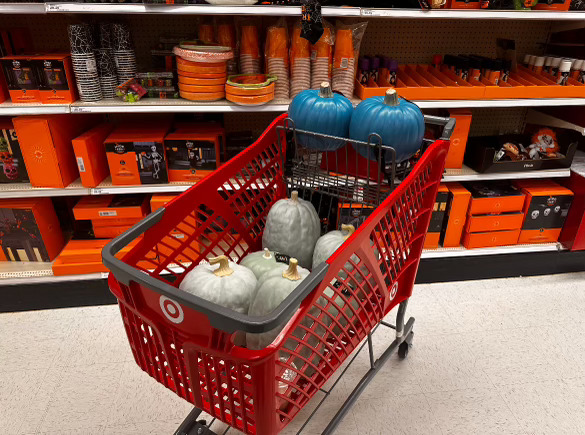
Spreading Awareness
One of the key goals of the Teal Pumpkin Project is to raise awareness about food allergies. By participating, homeowners help start conversations about food allergies in their communities. Neighbors may ask about the teal pumpkin on display, offering a chance to share the project’s mission and spread knowledge about the daily challenges faced by children with allergies.
Schools, community centers, and local businesses can also take part in promoting the Teal Pumpkin Project. Hosting allergy-friendly Halloween events or incorporating non-food treat options into school parties helps make these spaces more inclusive for all children.
Since its launch, the Teal Pumpkin Project has grown into a global movement, with families from all over the world participating. Not only has it helped provide safer trick-or-treating options for children with allergies, but it has also fostered a sense of inclusivity and community spirit. It reminds us all that small acts of kindness, such as offering a non-food treat, can make a big difference in the lives of others.

